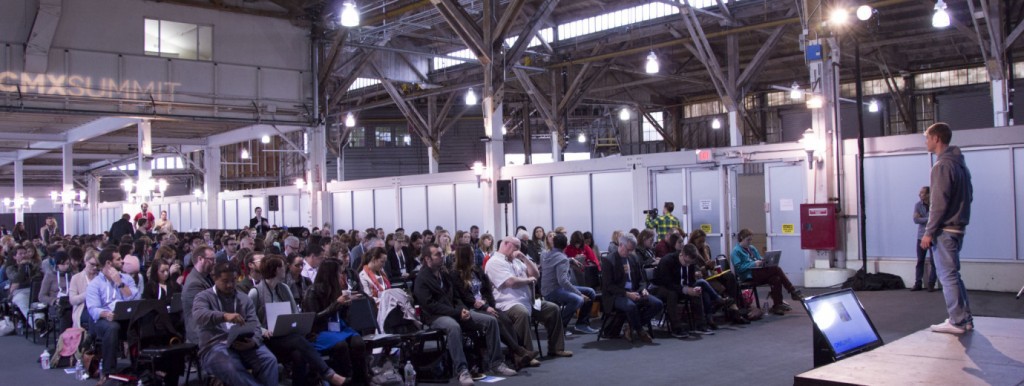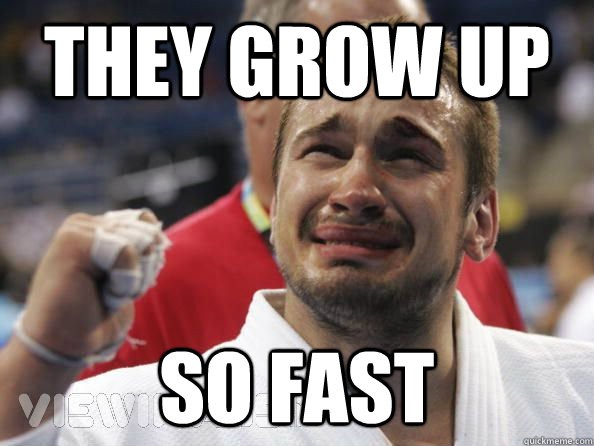Happy Community Manager Appreciation Day 2015!

It’s amazing to me to be celebrating this for the 6th year. It feels like just yesterday that Jeremiah Owyang created it (Who, incidentally, was my mentor when I stumbled into community management – thank you Jeremiah!).
Anniversaries are always a nice time to look back and look forward, so let’s take stock of our situation.
So far we’ve seen the industry go from nascent to the-hottest-thing-nobody-understands to near-takeover by social media marketers to, finally, an emerging set of values, frameworks, and resources.
The problem is that we still don’t quite know what we are.
Every CM struggles with this. Our jobs are focused on the user – we know that much – whomever that may be. But they can involve forums, events, social media, customer feedback, customer support, user testing, product design, communications, and more.
I’ve talked to talented folks lately who have gotten out of community management partially because they’re unsure what it is and where they fit in it…and it’s a lot easier to have a job where the lines are clear, and it’s a lot easier to tell your boss you’re succeeding when you’ve got one clear goal.
I think there’s a couple steps we need to take to move past this fourth-act crisis.
1. Start showing ROI.
Stop complaining. Stop grumbling. Yes, it’s HARD. (We’re not unique in this, by the way – PR feels the same way.) But ultimately, if we can’t show that there’s inherent value in making customers happy, we can’t advocate for our jobs.
How do we do this? However the hell we can. We need to stop imagining there’s one perfect formula for community ROI – especially since community takes so many forms.
Maybe for you it’s the fact that your cost-efficient meet ups can be paid for if they convert just ONE attendee a year to your platform (as was the case when I was at UserVoice). Maybe it’s calculating whether the lifetime value of people who participate in your community is higher – like Salesforce, which proved that community participants spend more. Maybe it’s showing that NetPromoter score is higher (which should indicate referrals, which means more money) for those who participate in your community efforts. Maybe it’s showing that your community efforts increased open rates, which increased impressions on your product. Maybe it’s showing that feature uptake was more likely when someone participated in the community, like Google AdWords has shown.
There’s something you can measure. It may not be possible for you to have a daily or weekly dollars-spent-to-dollars-earned, but you can prove that you are generating value. (And for the record, it’s not like Marketing really has direct ROI – ever heard the phrase “I know half of my marketing is working; I just don’t know which half”?)
Everything else is gravy. Yes, it’s great to create a good impression of the brand and to have advocates and to have happy customers, but consider that all bonus. Show your ROI, then talk about all that…don’t show the bonus results and assume there is ROI.
2. Build the Community department.
I’ve been arguing this for years, and I will continue to. If there’s a department focused on sales, a department focused on marketing, a department focused on finance…why the hell wouldn’t there be a department focused on customers, arguably our most important asset?
What does this get us? Sure, respect, and pay raises…but also leverage within the company and room to specialize. The conundrum above, where we can’t define our jobs because we all do so many things? To me, that’s indicative of a burgeoning industry and a trade, not a problem. When you look at those many tasks alone, it seems a bit manic. Look at them together? Events, communications, forums, user testing, customer support, social media, product design, and more? Why, that’s a team of community specialists!
Stepping up to lead departments will grow the number of community-focused jobs and allow people to specialize in what they’re good at and interested in, rather than struggle to do everything. That’s a bright future.
Don’t think you can do it? Sure you can. Companies are waking up to the need for this. There’s plenty of ammo (start here) to send to your boss. (Sign up for that mailing list on the right side of this page and I’ll keep your inbox full of that stuff.) And if we lock down a basic version of the ROI component, we can stand our own next to Marketing and Sales.
Forging a community department will be hard, and it won’t happen right away…but it can’t be any harder than event planning or motivating people to participate or dealing with trolls!
Go forth and find ROI and build the community department. Long live Community Manager Appreciation Day!

